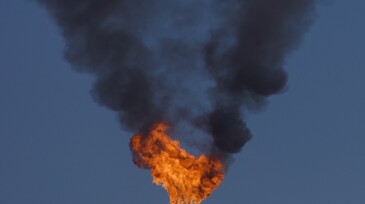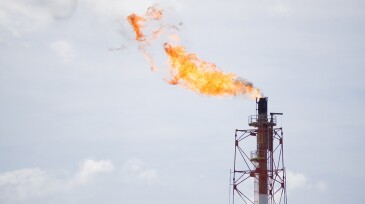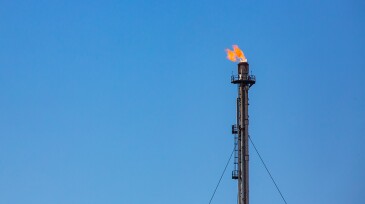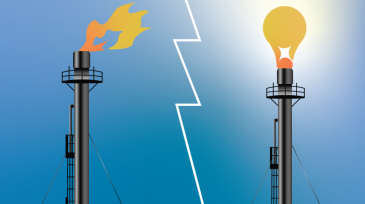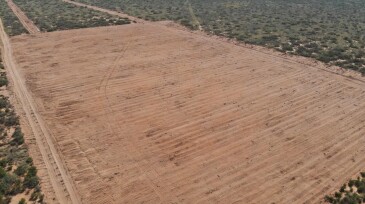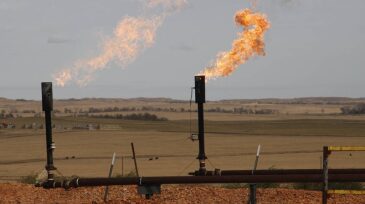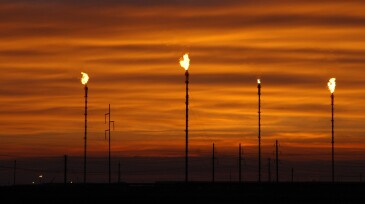flaring
-
The two main value drivers of the project were to minimize health, safety, and environmental effects and reduce greenhouse-gas emissions in line with the company’s goal of moving toward net zero by 2050 and to maximize hydrocarbon recovery.
-
This paper presents practical solutions to monetize small-volume associated gas and their resulting technoeconomic implications at five offshore locations.
-
The startup known for helping introduce Bitcoin mining to the upstream industry is now also offering cloud computing using associated gas.
-
The Gas Growth Integrated Project will capture and supply flare gas to generate electricity and treat seawater to manage pressure in oil wells in Iraq’s Basra region.
-
The authors of this paper discuss Saudi Arabia’s progress in gas flaring, the measures the government has taken, and how operators have adapted.
-
SponsoredImprove modeling accuracy and reduce the risk of unplanned downtime. By eliminating the need for multiple applications, get more accurate and comprehensive pressure safety studies faster.
-
The first direct air capture facility will debut a few months late, but that’s not a big concern for its developer.
-
Barriers remain, but oil companies across the world are now in a position to reap big profits by capturing methane instead of flaring and venting it.
-
H2 Industries says it has developed a way to convert gas that normally would be flared into clean hydrogen and solid carbon at the oil field.
-
Data from member companies reveals an increased intensity in greenhouse-gas emissions for 2021. And, while flaring increased, too, long-term trends on that practice are clearly moving downward.

